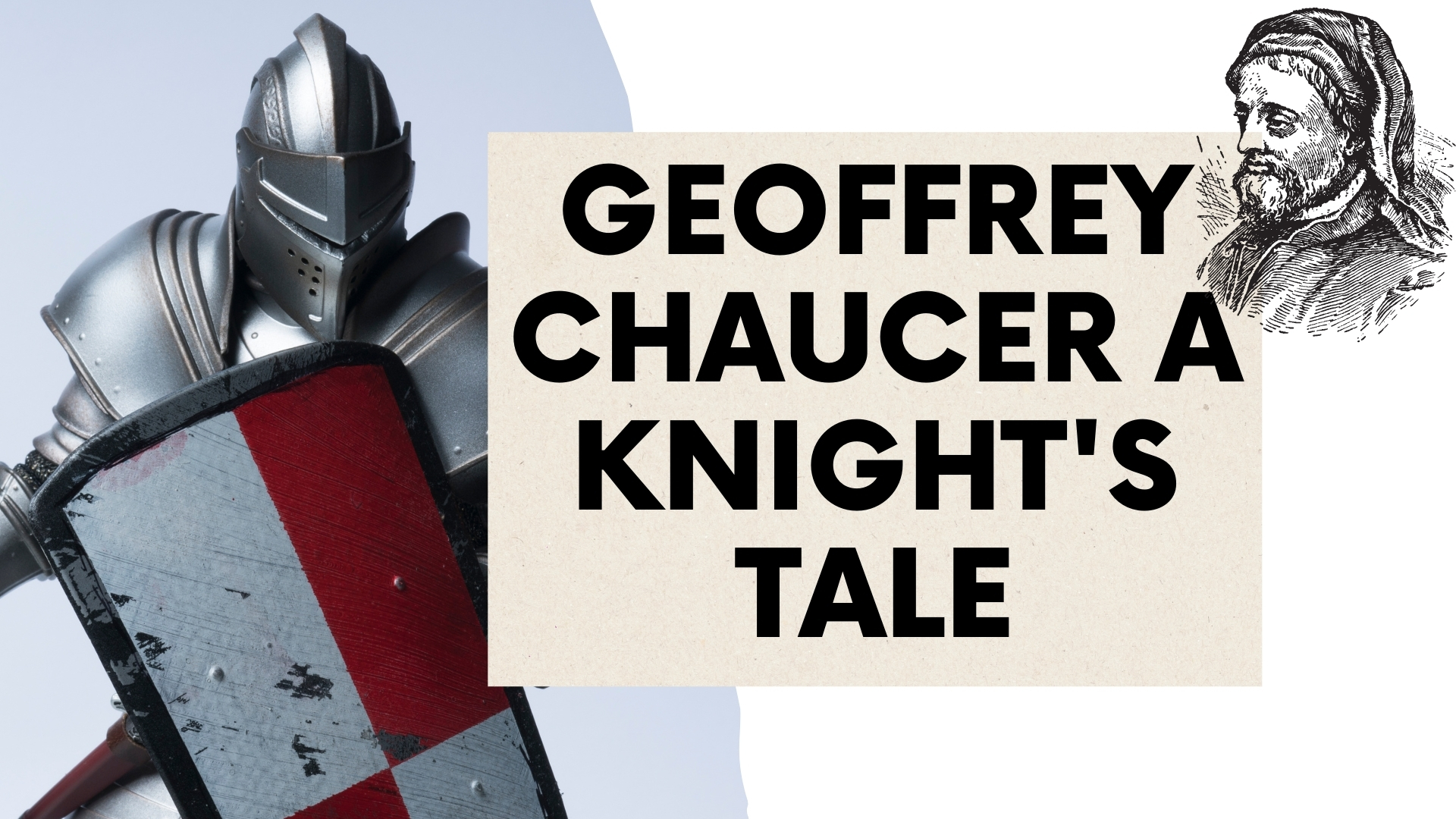Geoffrey Chaucer is regarded as the Father of English Literature. He left an indelible mark on the literary landscape of medieval England. “The Canterbury Tales” stands as a testament to his genius. The book provides a diverse variety of characters and narratives that reflect medieval society. Among these tales written by Geoffrey Chaucer, “The Knight’s Tale” holds a special place. The tale is renowned for its exploration of chivalry, honour, and love. This article aims to analyse the multifaceted layers of Geoffrey Chaucer’s “A Knight’s Tale”.
The story of the Knight is set in ancient Greece. The tale follows the exploits of two noble knights, Palamon and Arcite. Both the knights vie for the love of the fair maiden Emily.
The story begins with the fall of the city of Thebes in Greece. The city is besieged by the forces of King Creon of Thebes. The Duke of Athens, Theseus arrives in Thebes and conquers the city. He takes control of it. During his conquest, he imprisons two noble knights, Palamon and Arcite.
While imprisoned, Palamon and Arcite catch sight of Emelye through a window. Emelye is Theseus’s sister-in-law. Both knights are immediately struck by her beauty, and they both fall deeply in love with her. However, they are unable to express their feelings as they are imprisoned.
Palamon, feeling despondent, laments his fate while Arcite remains optimistic, believing that someday their fortunes will change. Meanwhile, Theseus decides to hold a grand tournament to celebrate his victory over Thebes. Palamon and Arcite are eventually released from prison to partake in the festivities.
As the tournament approaches, Palamon and Arcite fight to compete for Emelye’s hand in marriage, each determined to win her affection. They swear an oath of brotherhood, pledging not to let their rivalry come between their friendship.
During the tournament, both knights display great valour and skill, winning the admiration of the spectators. However, their rivalry intensifies as they vie for Emelye’s favour. Theseus decides to grant each knight a fair chance to win Emelye’s hand.
He declares that the knights must depart for a year and return with an army, prepared to fight a battle for Emelye’s hand. The knight who emerges victorious will be granted Emelye’s hand in marriage.
Palamon and Arcite depart for different lands, each raising an army to wage war against the other. However, fate intervenes when Arcite is thrown from his horse during a hunting expedition and mortally wounded.
As Arcite lies on his deathbed, he laments the cruelty of fate and bids farewell to his beloved Emelye. Palamon arrives at the scene and offers forgiveness to his fallen rival, recognizing the inevitability of destiny.
In his dying moments, Arcite blesses Palamon and Emelye, urging them to live happily ever after. Theseus, moved by the tragic turn of events, arranges a grand funeral for Arcite and permits Palamon to marry Emelye.
The tale concludes with the joyous union of Palamon and Emelye, bringing an end to their long and tumultuous journey of love and rivalry.
“The Knight’s Tale” is one of the most celebrated stories within Chaucer’s “The Canterbury Tales”. Chaucer’s “The Knight’s Tale” explores themes of love, fate, and honour. It is a timeless narrative that continues to captivate readers with its richly drawn characters and gripping storyline.

